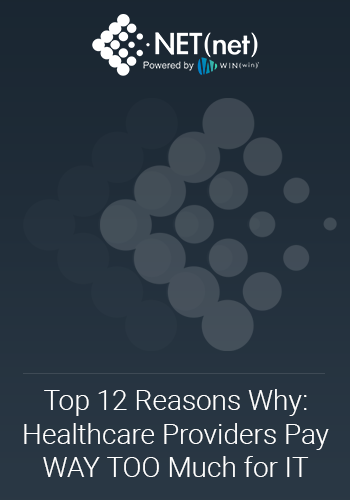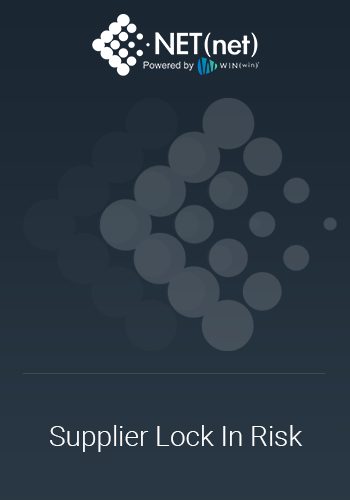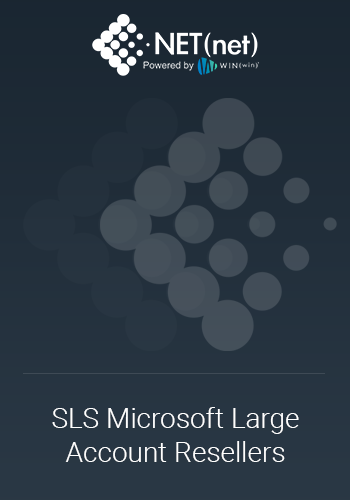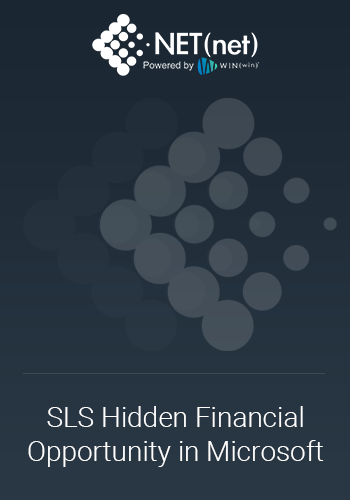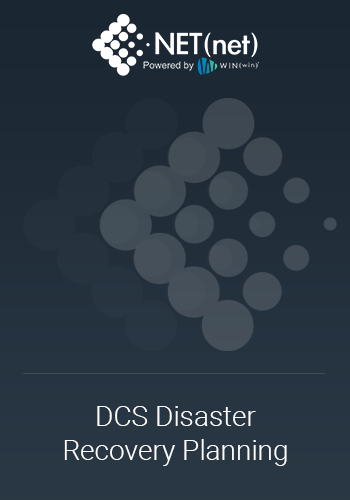If you are a large SAP customer, there is likely a latent gold mine of savings opportunities hidden deep down inside your SAP agreements.
Did you know that for ERP Application licensing alone, not counting all the variations of licensing definitions we have seen over the years (literally thousands of different definitions of what is a limited professional user as an example), there are still 34 major licensing classes for SAP users? Most clients, even those that closely examine their user demographics, struggle to make sense of their own deployments. The kind of convoluted deployments we routinely see in our client base, combined with the obfuscated SAP licensing options, coupled with the unintelligible licensing definitions that SAP publishes to describe each access grant simply breeds sub-optimization. In quantifiable terms, most clients overpay for simple access rights by 30-40% on average.
To add more insult to injury, the very act of accessing the SAP application incorrectly can cost you over a 3,000% premium. That's right, the difference in cost between the most cost optimized way to access SAP and the least cost optimized way to access SAP results in over a 3,000% increase in costs. If you haven't carefully examined your user demographics AND assigned them to the proper classes, you are undoubtedly paying too much. In one recent case, a client structured their entire user community at one licensing level (which happened to be absolutely the most expensive way to access the SAP applications). When we asked why they did this, they told us because the supplier convinced them it would simplify their own management, without the needless worry of managing access rights for the various user classes. When we performed a detailed assessment of an optimized licensing structure, we found we could lower their costs for just one user demographic by a staggering 93%.What's worse, in a startling number of cases, we see incorrect licensing schemas. In a vast majority of those cases, our clients actually have significant over-licensing, not under-licensing, which means they have significant opportunities for savings.
It all boils down to client need. What do you need in terms of the user access rights to be able to access the SAP application in the most cost optimized manner, while still extracting the value you seek from the application. In this case, the supplier incentive is clearly not aligned to help you figure out how to pay them the least amount of money for the maximum amount of value. And from a client perspective, it sounds like work to determine the precise user access licensing requirements for your entire user community. As a result, most SAP customers have 3 or fewer user license types in their agreements and continue to pay significant premiums to access the SAP application.
This problem is exacerbated by contractual limitations that SAP often places into the agreements that govern such things as user ratios. As an example, in one client case, the contract required three full access suite users for every one limited access suite user. The result? The client was forced to pay for full (and very expensive) access rights for 75% of their user base (at a 329% premium), when only 14% of their user base had a justified business requirement for such access levels.
At NET(net), we routinely work with clients to help them evaluate their licensing options, and dig deep to uncover and capture latent value that remains locked in a great majority of cases. Typical licensing optimization engagements generally take about 6 weeks and yield 30-40% savings.
With major technology suppliers like SAP and others, the complexities of their licensing schemes breed high potential for sub-optimization. The natural instinct of clients is to simplify the licensing options. However, this can also lock you out of potential savings that you can achieve with just a small improvement to your licensing management practices. In a previous blog entitled "How a 5% Performance Improvement Can Result in a 50% Savings," we detailed how very small improvements can result in massive savings. And this case is no different. Where we have been able to work with clients strategically to help them optimize their licensing structures and synthesize them to their actual precise requirements, we have been able to help them capture significant savings. To find out how we may be able to help you do the same, please contact us today.
NET(net)’s Website/Blogs/Articles and other content is subject to NET(net)’s legal terms offered for general information purposes only, and while NET(net) may offer views and opinions regarding the subject matter, such views and opinions are not intended to malign or disparage any other company or other individual or group.
About NET(net)
Celebrating more than 10 years, NET(net) is the world’s leading IT Investment Optimization firm, helping clients Find, Get and Keep more economic and strategic value. With over 1,500 clients around the world in nearly all industries and geographies, and with the experience of over 15,000 field engagements with over 250 technology suppliers in XaaS, Cloud, Hardware, Software, Services, Healthcare, Outsourcing, Infrastructure, Telecommunications, and other areas of IT spend, resulting in incremental client value captured in excess of $100 billion since 2002, NET(net) has the expertise you need, the experience you want, and the performance you demand. Contact your NET(net) representative, email us today at info@netnetweb.com, visit us online at www.netnetweb.com, or call us at +1-866-2-NET-net to see if we can help you capture more value in your IT investments, agreements, and supplier relationships.

